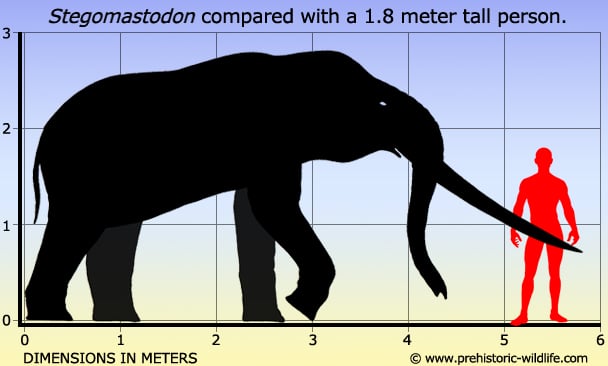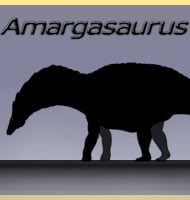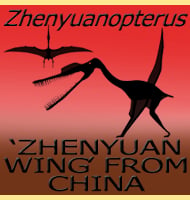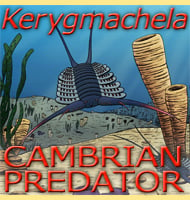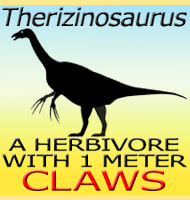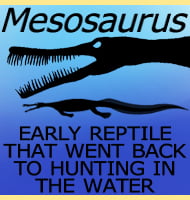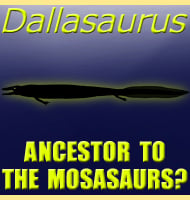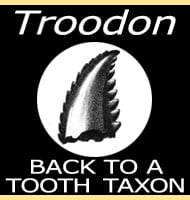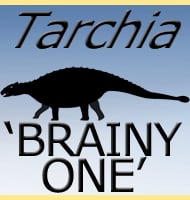In Depth
A relative of the gomphothere elephants, Stegomastodon along with Cuvieronius was one of only two known elephant genera to spread into South America (remains once considered to belong to the Mammut genus are now assigned to these two genera). Unlike other gomphothere elephants (those like Gomphotherium), Stegomastodon only had two tusks that grew down from the upper jaw. Another difference of the tusks is that they curved upwards instead of downwards like in its relatives.
Stegomastodon and Cuvieronius both appeared in North America first, but the creation of the Isthmus of Panama towards the end of the Pliocene established what is called a ‘land bridge’ between North and South America. This triggered the Great American Interchange where some North American animals, including these two elephants were able to cross down into South America. However once in South America, Stegomastodon and Cuvieronius diverged into different ecosystems, Cuvieronius into higher and cooler environments and Stegomastodon into warmer lowlands.
Stegomastodon diverged further into two distinct species, with S. platensis being a browser of vegetation and S. waringi being a grazer of grasses. As a genus however, Stegomastodon was named for the distinctive molar teeth that are high crowned and have a series of ridges and small knobs coated in a layer of thick enamel, perfect for grinding grasses.
When looking at extinction, Stegomastodon seems to have suffered a similar fate to Cuvieronius. Stegomastodon first disappears from North America during the Pleistocene, but manages to hold on in South America until the Holocene. For a time it seems that Stegomastodon co-existed with early human settlers, but may have been hunted into extinction. Fossil remains of Cuvieronius have been found in association with human habitation and it’s quite plausible that Stegomastodon would have been used in the same way.
Further Reading
– Additional generic and specific stages in the evolution of the Proboscidea. – American Museum Novitates 154:1-5 – H. F. Osborn – 1924. – The Pleistocene Gomphotheriidae (Proboscidea) from South America. – Quaternary International (Elsevier). 126-128: 21–30 – J. L. Prado, M. T. Alberdi, B. Azanza, B. S�nchez & D. Frassinetti – 2005. – Population structure of the gomphothere Stegomastodon waringi (Mammalia: Proboscidea: Gomphotheriidae) from the Pleistocene of Brazil – An. Acad. Bras. Ci�nc. vol.82 no.4 Rio de Janeiro. – Dimila Moth�, Leonardo S. Avilla & Gisele R. Winck – 2010.
